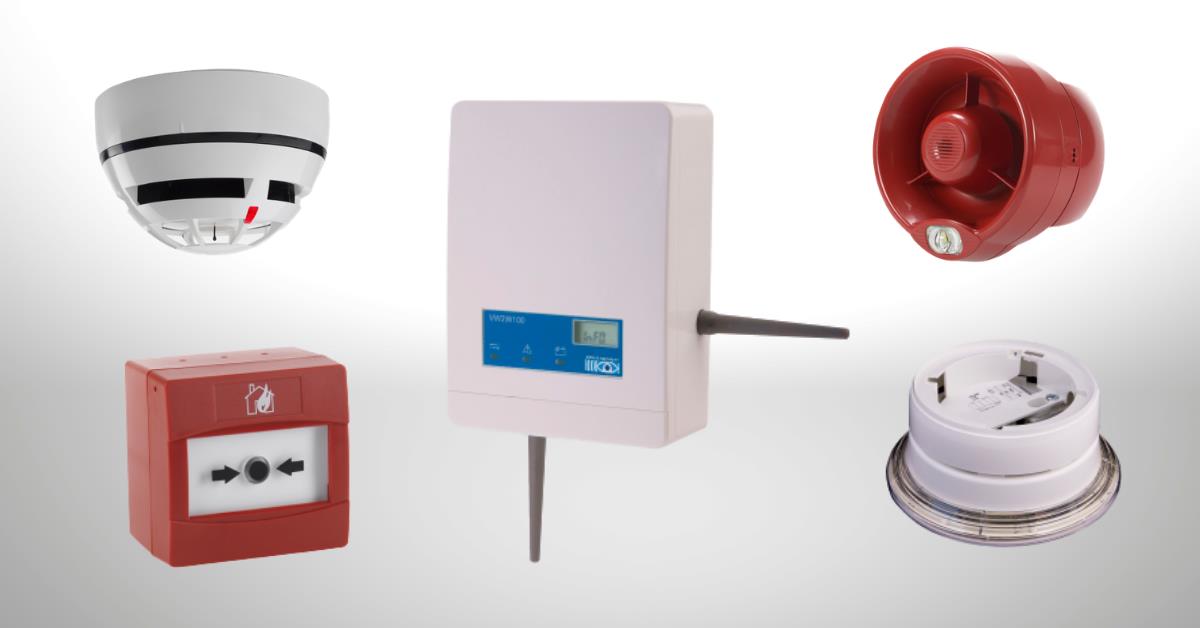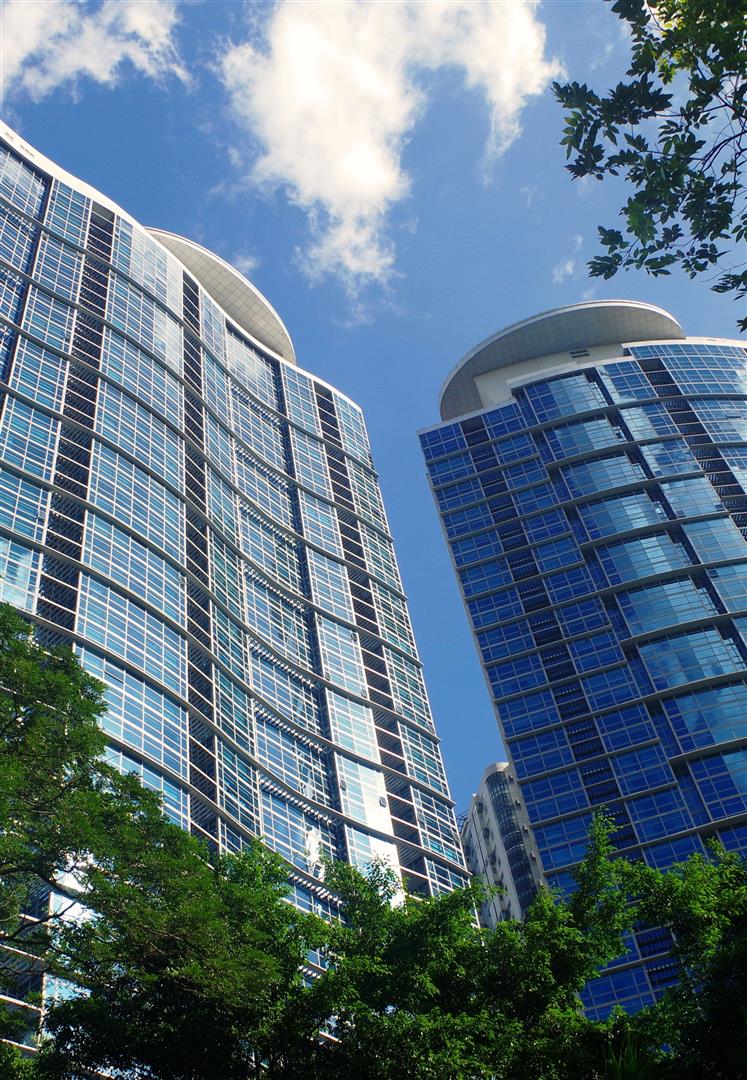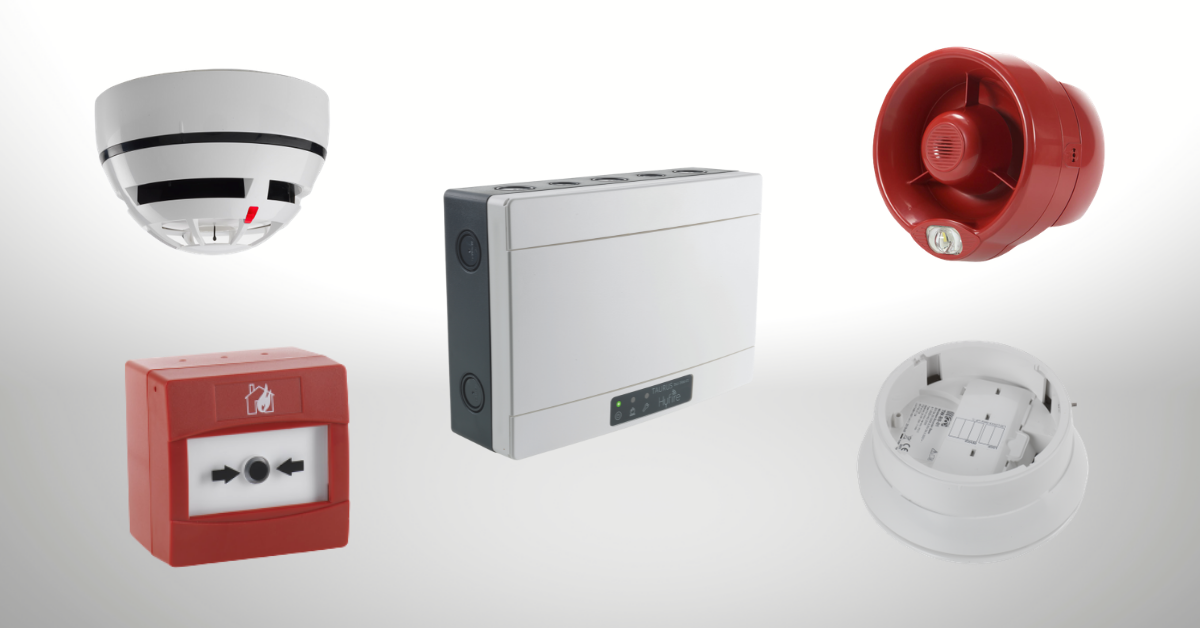High-rise buildings present specific challenges that need to be considered when assessing and addressing fire risks. Multiple floors, large number of flats and occupants, and long, complex escape routes, are just some of the peculiarities that may pose challenges to fire safety. In the unfortunate event a fire accident occurs, proper evacuation strategies need to be in place to ensure that residents are alerted and evacuated in a timely manner, and to allow the fire brigade to achieve rapid containment and suppression of the fire.
The British Standard BS8629, introduced in England and Wales in November 2019, and now mandatory in Scotland also, applies to many high-rise residential buildings and identifies the critical design criteria required to achieve an effective evacuation, controlled by the fire brigade. The standard is applicable to both new and existing buildings, currently covering all residential properties over 18 meters, and it provides recommendations about the evacuation alert system comprising the evacuation alert control indicating equipment (EACIE), along with the audible and visual alarm devices, to ensure simple, consistent and intuitive operation.





